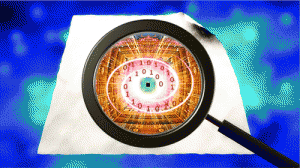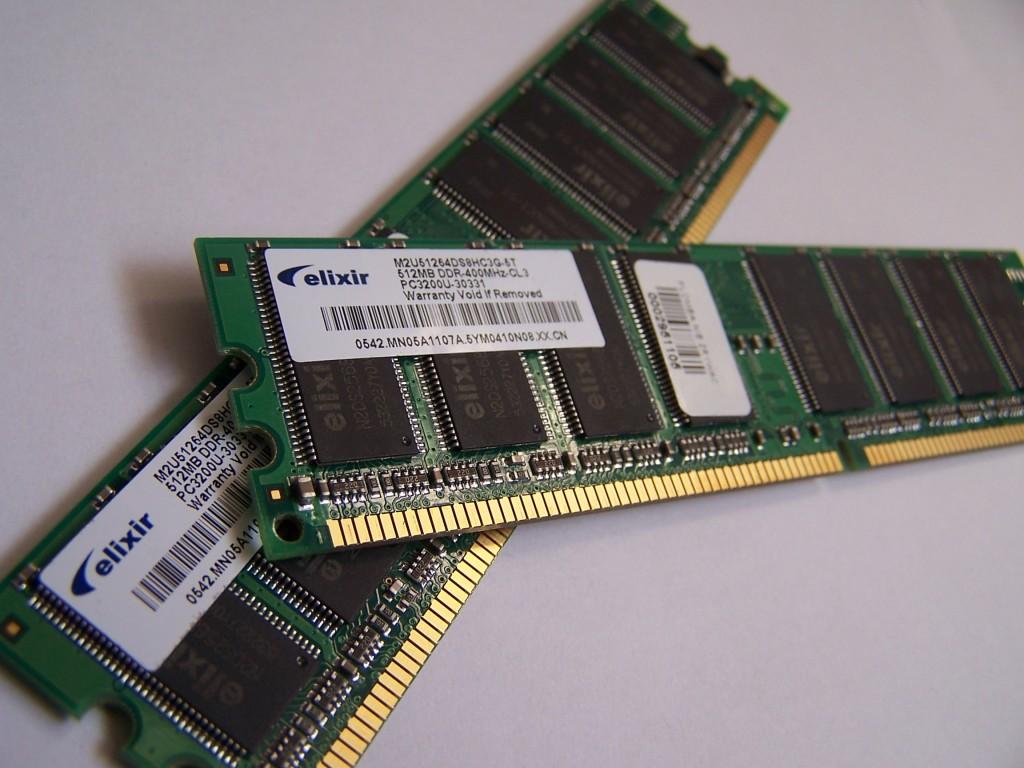We have seen so many new applications and processes within the 3D printing space, over the last several months alone. Over the next several years, I believe that we will begin to see these various methods of printing, and  technologies involved in the process all begin to converge upon one another. This could ultimately lead to major disruptions within dozens of markets throughout the world.
technologies involved in the process all begin to converge upon one another. This could ultimately lead to major disruptions within dozens of markets throughout the world.
As new technologies are refined, over the next decade, we will begin noticing a merging of these technologies. We now have printers which can print in resins, plastics, metal alloys, sandstone, and several other materials. We also have printers which are capable of printing electronically conductive materials, and even makeshift lithium-ion batteries. These technologies will eventually converge, leading to a machine capable of printing all of these materials within a single process. At this point, the only major component missing in our quest to 3D print a portable computer, would be 3D printed memory.
Not so fast! Taiwanese researchers, including Der-Hsien Lien, Zhen-Kai Kao, Teng-Han Huang, Ying-Chih Liao, Si-Chen Lee, and Jr-Hau He, have just published a paper where they describe a process they’ve used to 3D print a type of RRAM memory on a single standard piece of paper.
Paper would make an amazing substrate for printed memory because of its ability to fold, as well as its affordability and extreme light weight. The main issue with paper, however, is that it has a very high absorption rate. The last thing you want to have happen when printing tiny precise specs of liquid, is for it to absorb into the paper. This is why the researchers first coated the paper with carbon. In doing so, this eliminated the possibilities of absorption.
The next issue they had to overcome was figuring out how to create an insulator which would eventually be sandwiched between two electrodes and switched between 0 and 1, acting as a single bit of memory. Basically each bit within the memory would be its own insulator. Eventually they came up with a very capable insulator, a titanium dioxide solution.
The titanium dioxide was injected into a printer cartridge similar to that of an ink-jet printer. This allowed the researchers to easily print the material onto the carbon coated paper. At this point, they only needed electrodes to complete the memory sheet. For this they used a silver solution which they also printed onto the paper as tiny little dots. Each dot was only 50 microns in width, with a gap of 25 microns between each. Based on the size of a normal sheet of office paper, which measures 8.5 x 11 inches, a total of 1 MB of memory could be printed on a single sheet of paper. Incredibly, each bit of memory also has the capability to maintain its state of 0 or 1 for as long as eight minutes without a supply of power.
There is still a lot of work to be done before people will be able to 3D print their own foldable memory chips on a standard piece of paper, however, this is a huge step towards integrating memory into future 3D printing applications. What do you think? When will the first 3D printer be able to print out an entire hand held computer? Let’s hear your thoughts in the 3D printed memory forum thread on 3DPB.com.

[Source: ACS.org]
Subscribe to Our Email Newsletter
Stay up-to-date on all the latest news from the 3D printing industry and receive information and offers from third party vendors.
Print Services
Upload your 3D Models and get them printed quickly and efficiently.
You May Also Like
3D Printing News Briefs, July 2, 2025: Copper Alloys, Defense Manufacturing, & More
We’re starting off with metals in today’s 3D Printing News Briefs, as Farsoon has unveiled a large-scale AM solution for copper alloys, and Meltio used its wire-laser metal solution to...
3DPOD 260: John Hart on VulcanForms, MIT, Desktop Metal and More
John Hart is a Professor at MIT; he´s also the director of the Laboratory for Manufacturing and Productivity as well as the director of the Center for Advanced Production Technologies....
3D Printing News Briefs, June 28, 2025: Defense Accelerator, Surgical Models, & More
In this weekend’s 3D Printing News Briefs, 3YOURMIND was selected to join an EU Defense Accelerator, and PTC has announced model-based definition (MBD) capabilities within Onshape. Finally, a study out...
EOS in India: AM’s Rising Star
EOS is doubling down on India. With a growing base of aerospace startups, new government policies, and a massive engineering workforce, India is quickly becoming one of the most important...

































